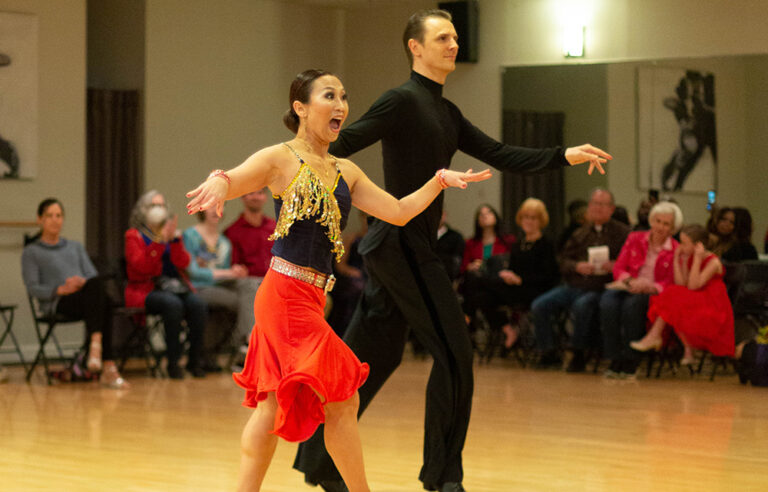
When it comes to the world of dance, few genres encapsulate elegance, grace, and passion quite like ballroom dance music. Originating from a rich tapestry of cultural influences, this genre serves as the heartbeat of ballroom dancing, setting the tempo for dancers to glide, twirl, and express themselves. Unlike other music genres, ballroom dance music is meticulously crafted to complement specific dance styles, ensuring a seamless fusion of rhythm and movement. Whether it’s the sultry sway of the rumba or the lively steps of the cha-cha, the music serves as a guiding force, enhancing the overall dance experience.
The Evolution Over Time: A Melodic Journey
Delving into the history of ballroom dance music reveals a fascinating evolution that spans decades. From its early roots in traditional folk melodies to its contemporary interpretations, the genre has undergone numerous transformations while retaining its core essence. Throughout the years, composers and musicians have infused fresh perspectives, blending traditional elements with modern influences. This continuous evolution not only rejuvenates the genre but also attracts new generations of dancers, ensuring its longevity and relevance in the ever-changing dance landscape.
The Role of Instruments: Crafting the Perfect Sound
A closer look at ballroom dance music unveils the pivotal role of instruments in shaping its distinctive sound. Unlike other music genres that prioritize vocals or electronic elements, ballroom dance music places emphasis on a diverse array of instruments. From the rhythmic pulse of the drums to the harmonious melodies of string instruments, each component contributes to creating a captivating auditory experience. This meticulous orchestration ensures that dancers remain entranced, moving in harmony with the music’s ebbs and flows. Indeed, the instruments serve as the backbone of ballroom dance music, elevating it to new heights of artistry and expression.
The Global Influence: Bridging Cultures Through Music
One cannot discuss ballroom dance music without acknowledging its profound global influence. Across continents and cultures, this genre serves as a universal language, transcending barriers and fostering connections. Through its rhythmic beats and emotive melodies, ballroom dance music bridges cultural divides, uniting individuals from diverse backgrounds in a shared passion for dance. This global appeal not only enriches the genre but also highlights its ability to resonate with audiences worldwide, reinforcing its status as a cultural phenomenon.
In Conclusion: A Timeless Art Form
In wrapping up, ballroom dance music stands as a testament to the enduring power of rhythm, melody, and movement. Its rich history, meticulous craftsmanship, and global influence cement its place as a timeless art form beloved by dancers and music enthusiasts alike. Whether you’re a seasoned ballroom aficionado or a curious newcomer, immersing yourself in the captivating world of ballroom dance music promises a journey filled with elegance, passion, and discovery. So, the next time you hear the enchanting strains of a waltz or the infectious rhythms of a tango, take a moment to appreciate the intricate tapestry of sounds that define this mesmerizing genre.